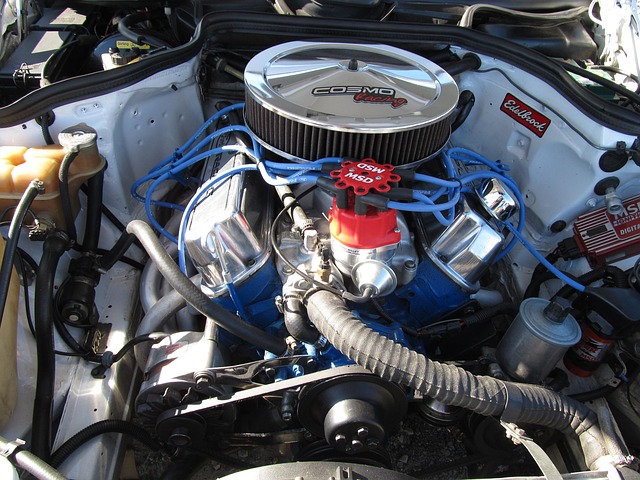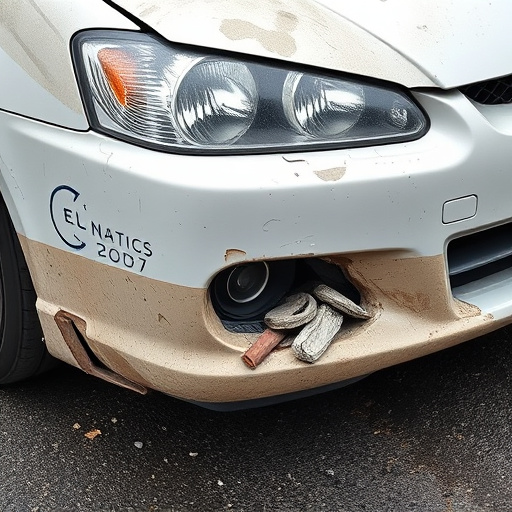Obtaining multiple damage estimates for collision insurance claims enhances precision and fairness. By comparing diverse expert assessments, insurers can accurately evaluate vehicle conditions, including structural integrity and specialized repairs, streamlining claims processing while reducing disputes and expediting compensation.
In today’s digital era, understanding multiple damage estimates is crucial for navigating collision insurance claims. This comprehensive guide explores how enhanced precision in collision insurance claims can lead to fairer compensation. By comparing diverse estimates, policyholders gain a strategic advantage, ensuring their claims are settled accurately and comprehensively. Discover how this approach fosters trust between insurers and policyholders, revolutionizing the way damages are assessed and compensated.
- Enhancing Precision in Collision Insurance Claims
- Multiple Estimates: A Strategic Advantage
- Fair Compensation Through Comprehensive Analysis
Enhancing Precision in Collision Insurance Claims

In the realm of collision insurance claims, precision is key to ensuring fair compensation for vehicle damage. Traditionally, assessing damages often relied on a single estimate, which could lead to inaccuracies and disputes. However, embracing multiple damage estimates offers a more nuanced approach, enhancing overall precision in claim processing. By obtaining several assessments, insurers gain varied perspectives, considering not just the visible repairs but also underlying structural integrity and potential long-term implications.
This method allows for a comprehensive evaluation of the vehicle’s condition, encompassing both aesthetic and mechanical aspects. For instance, a classic car restoration might require meticulous attention to detail, while autobody repairs on a modern vehicle may involve advanced techniques and materials. Multiple estimates enable adjusters to capture these nuances, ensuring that every aspect of the damage is accounted for in the final settlement. Thus, this practice not only streamlines the claims process but also instills greater confidence in the fairness and accuracy of collision insurance claim resolutions.
Multiple Estimates: A Strategic Advantage

In the complex world of collision insurance claims, having multiple damage estimates offers a significant strategic advantage. This approach allows both policyholders and insurers to make more informed decisions by comparing detailed assessments from various experts. With multiple estimates, claimants can expect a broader perspective on the extent of their vehicle’s damages, potentially uncovering specialized insights related to auto painting, auto maintenance, or even vehicle restoration techniques.
This process enhances transparency and reduces disputes between parties. It provides a clearer understanding of repair costs, timelines, and potential options for restoring vehicles to their pre-accident condition. By engaging multiple estimators, policyholders can ensure they receive accurate appraisals, facilitating efficient claim processing and potentially leading to faster compensation and vehicle repairs.
Fair Compensation Through Comprehensive Analysis

In the realm of collision insurance claims, understanding the nuances of multiple damage estimates is paramount for ensuring fair compensation. Traditional assessment methods often focus on a singular perspective, potentially overlooking subtle yet significant damages. However, embracing comprehensive analysis allows for a more holistic view, capturing even the most minute scars left by accidents. This includes not just visible dents and breaks but also hidden issues like damaged panels or compromised structural integrity—elements that might go unnoticed during cursory inspections.
By employing advanced techniques and leveraging expertise in car scratch repair, car dent repair, and hail damage repair, insurers can deliver more accurate estimates. This meticulous approach ensures policyholders receive just compensation for all repairs required, be it a simple dent removal or complex structural restoration. Ultimately, this transparency fosters trust between insurance providers and their clients, promoting a robust claims process that serves the best interests of all parties involved.
By leveraging multiple damage estimates, collision insurance providers can significantly enhance the precision of their claim assessments. This strategic approach not only ensures fair compensation for policyholders but also streamlines the claims process. In today’s digital era, where data-driven decisions are becoming the norm, embracing this method is a game changer for both insurers and claimants alike, fostering a more efficient and transparent collision insurance claims landscape.














